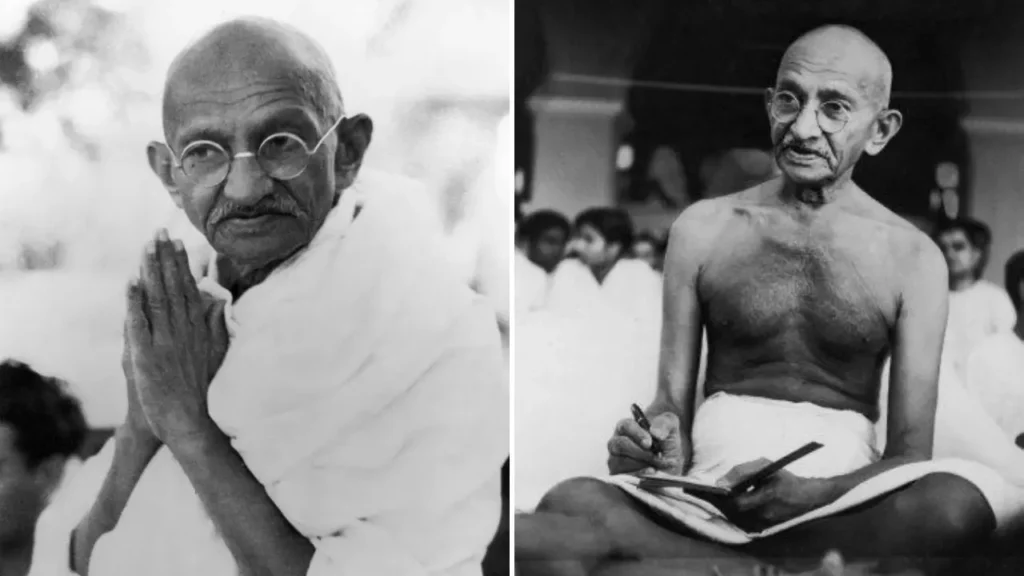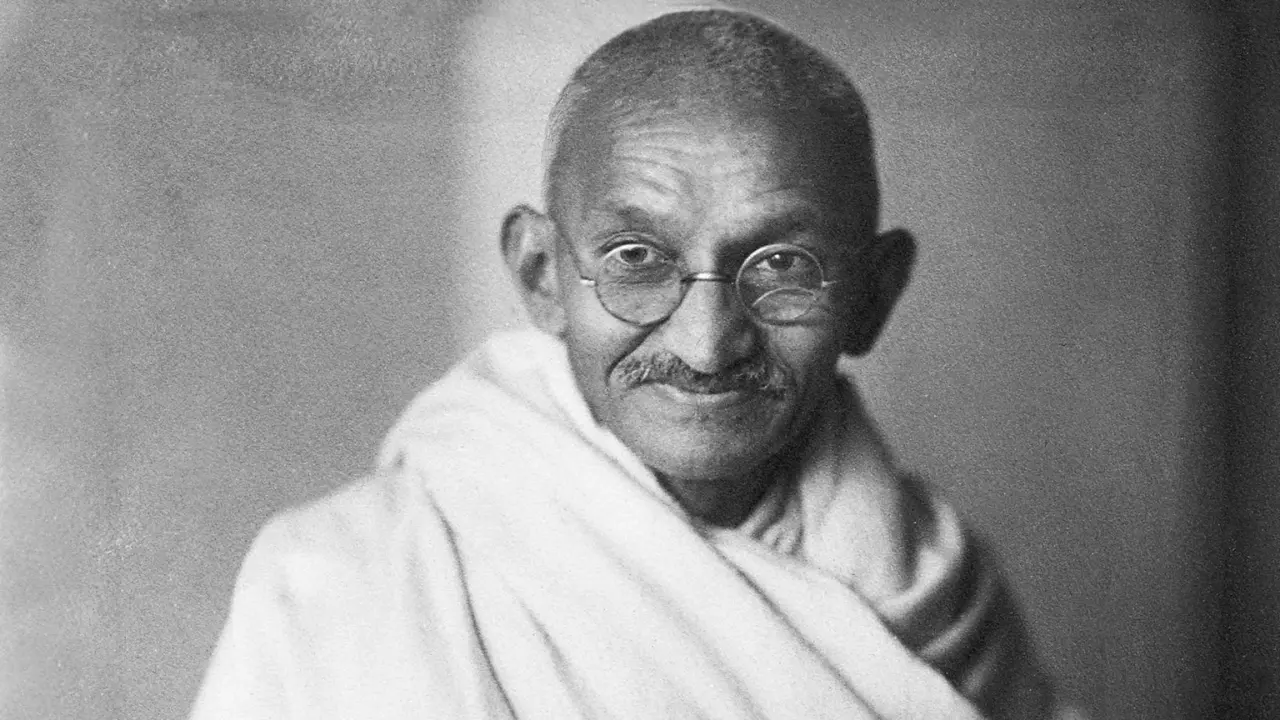INTRODUCTION
Mahatma Gandhi was a great freedom fighter and a great leader of India. He was born on October 2, 1869, at Porbandar in Gujarat. His full name was Mohandas Karamchand Gandhi. Gandhi’s father’s name was Karamchand Gandhi. His father was Diwan of Rajkot, and his mother’s name was Putlibai Gandhi. Today, the entire country knows Gandhiji as Bapu and the father of the nation.
EDUCATION
Gandhiji was born in Porbandar village, in the state of Gujarat. Due to this, his early education took place in Porbandar itself. He passed his 10th class in Porbandar, Gujarat, in 1887. After passing his 10th class from Mumbai University, he was admitted to Samaldas College in Bhavnagar.
Gandhiji was continuing his studies when, in the middle of it, his father passed away. After that, he went to England to study law, and there he saw the independent world with his own eyes for the first time.
Before going abroad, Gandhiji had promised his mother not to eat meat or fish, and he kept his promise till his death. Gandhiji had to face a lot of difficulties in getting vegetarian food abroad. As soon as Gandhiji returned to India from England after completing his last days, his mother died soon after his arrival. In Gandhi’s life, it was his mother who instilled love, compassion, kindness, and selfless devotion towards God.
Gandhi’s Marriage
When Gandhiji was getting his school education, he was only 13 years old, and at that time, he was married to Kasturba Devi, the daughter of the Merchant of Porbandar. While Gandhi was studying law, he became the father of a son.
Role of Mahatma Gandhi
The father of the nation, Gandhiji, is considered a great man not only in India but in the entire world. Gandhiji is considered to have a very great personality. Non-violence is a policy in which no harm is caused to anyone in any way. An example of Gandhiji in the world is the “Satyagraha movement” started by him, in front of which the British had to go down.
This is the policy that was propagated by great people like Gautam Buddha, Mahavir Swami, and Mahatma Gandhi, who was one of the famous people who followed the policy of non-violence. Gandhiji made a lot of efforts for the independence of India, and only after this did we get independence.

Also read :- Dr. Sarvepalli Radhakrishnan’s biography
Champaran and Keda Movement
In the year 1917, the people of Champaran were being tortured a lot by the British. They used to force people to cultivate indigo, fix fixed prices for them, and buy the produce on that basis. For this, Gandhi started a movement that is known to people today as the Champaran movement, and the British had to accept their terms.
Along with this, in the year 1918, when there was a flood in Kheda village of Gujarat, a lot of damage was done, due to which there was a flood, and even after that, the British did not give any concessions to the farmers. To oppose this, Gandhiji started a movement, and with the support of that moment, the British gave concessions to the farmers.
NON-COOPERATION MOVEMENT
When the British committed the Jallianwala Bagh massacre, adopting a cruel policy, Gandhiji started a non-cooperation movement to respond to it. This non-cooperation movement was a non-violent movement against the British because Gandhiji believed that the British would be successful in ruling India because they had full support for the Indians.
THE DANDI MARCH
Gandhiji participated in the Dandi March and protested against all the laws related to salt. Gandhi undertook the Dandi March in protest against the British rights and salt, which took 20 days to complete. In this journey, Gandhiji reached a village named Dandi from the Sabarmati Ashram, because of which salt was disregarded, and people started making and selling their salt. This Dandi March attracted the attention of the entire world, and the dream of India’s independence became even stronger.
TO HAVE FREEDOM
When Tilak Ji died in 1920, the entire responsibility of freedom fell on Gandhiji’s shoulders. Gandhi was leading the freedom movement with non-violence. At that time, he started the non-cooperation movement, in which thousands of lawyers, students, businessmen, etc. participated.
At this moment Gandhiji was non-violent. Later in the year 1929, a congress session was held on the banks of the river Ravi, during which Gandhiji declared complete independence. After that, Gandhiji opposed the salt law and made salt with his hands. And he did the 24 days of Dandi March, and he had to go to jail for making salt and doing Dandi March. On August 15, 1947, India gained independence because of Gandhiji and other Indians.
EPILOGUE
Gandhiji said that violence and weapons cannot solve any problem. Instead of solving any problem, it will only increase it. Violence and guns can create fear and anger in any person.
Gandhiji’s Death
On January 13, 1948, he was shot dead by Nathuram Godse.







1 thought on “Mahatma Gandhi biography (1869–1948)”